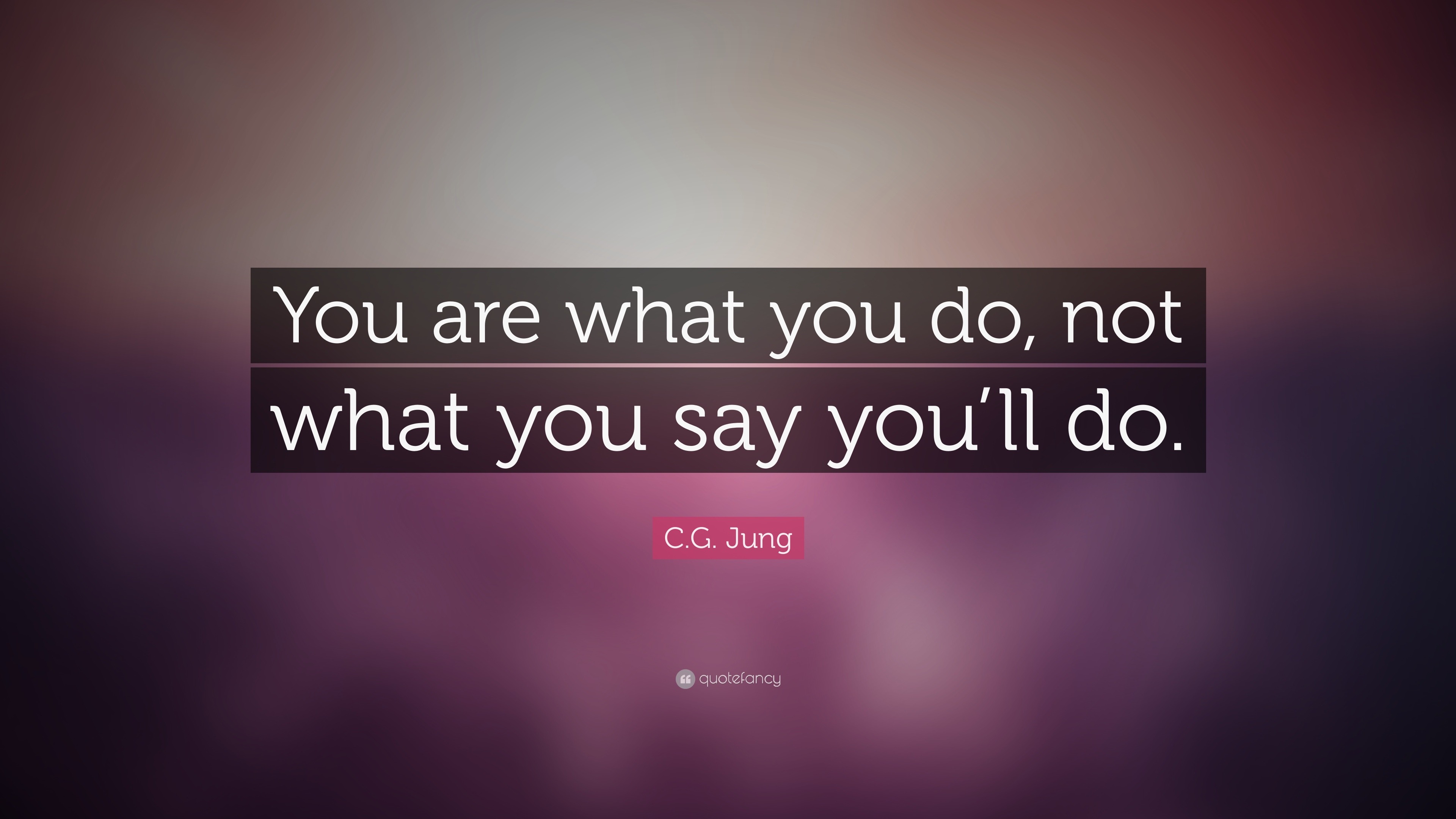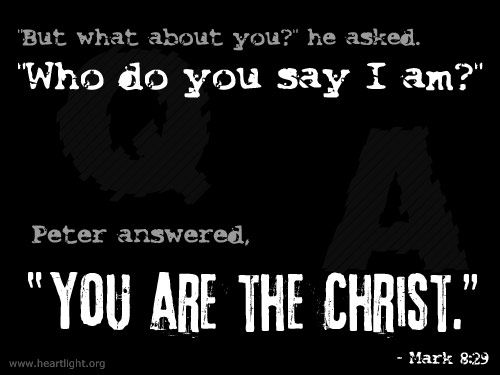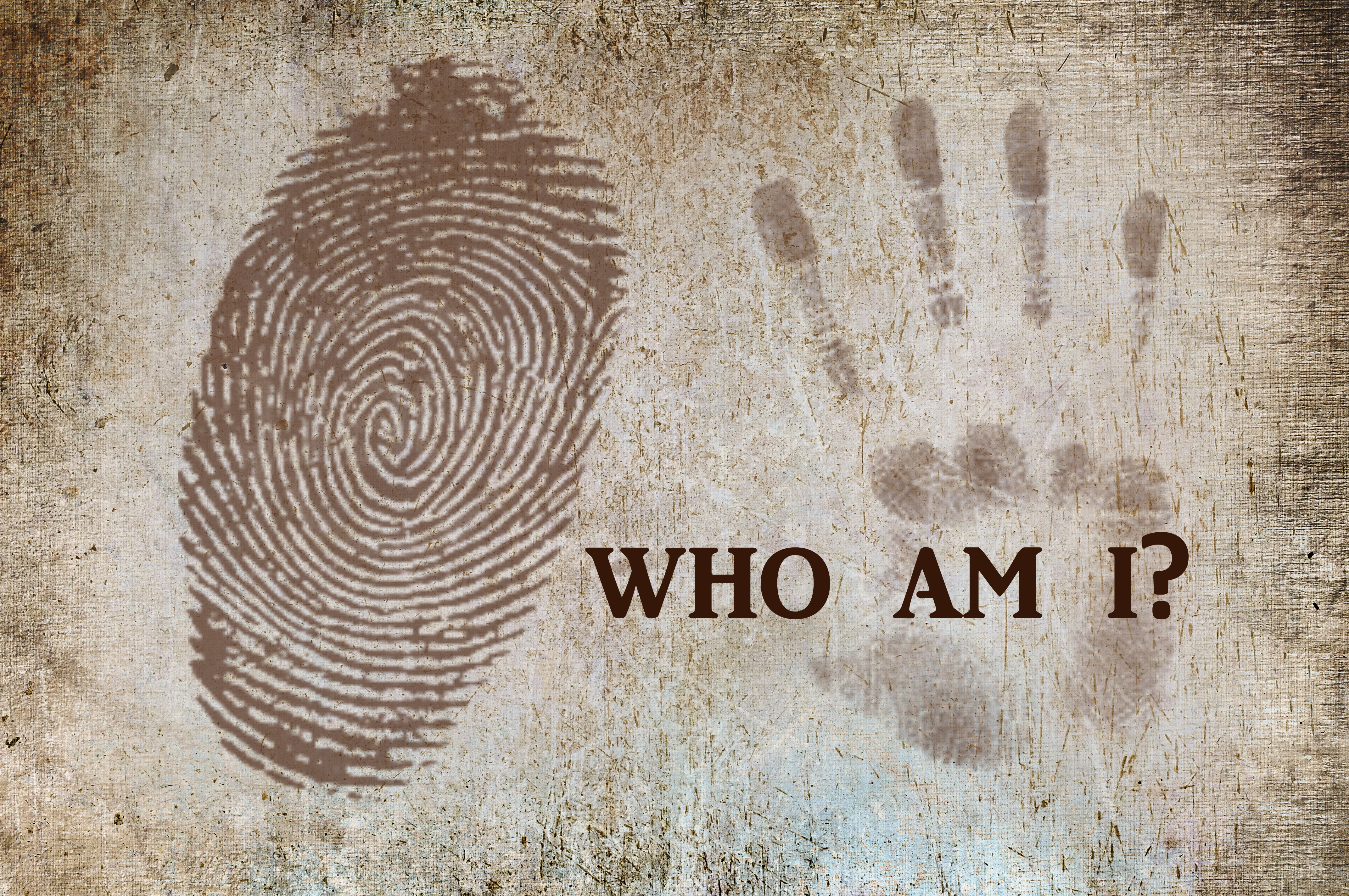It is always a good idea to familiarize yourself with the terms and conditions that apply to any service you are using. Generally speaking, most social media platforms allow users to keep the copyright they have in their content and ask users to grant them a copyright license to use that content for purposes of providing their service. In some cases, platforms may also ask for a license to use your content in advertising and other promotions of their service.
Creative Commons licenses do not allow sublicensing, which means you cannot grant a license to a platform with respect to the rights in any CC-licensed content you do not own. For example, if you share on Facebook a CC-licensed image you downloaded from Flickr, you cannot grant Facebook any rights to that image under copyright. However, it is unusual for social media platforms to require you to own or control the copyright on all content you share on their sites.
Instead, they often simply require that you have the rights to post it. When sharing CC-licensed content, always remember to provide proper attribution and otherwise comply with the relevant license conditions. If the database is released under the current version (4.0) of CC licenses, you must attribute the licensor if you share a substantial portion of the database contents. The other requirements depend on the particular license applied to the database. Under the NC licenses, you may not extract and reuse a substantial portion of the database contents for commercial purposes. The ND licenses prohibit you from including a substantial portion of the database contents in another publicly shared database in which you have sui generis database rights of your own.
And finally, the SA licenses require you to apply the same or a compatible license to any database you share publicly and in which you include a substantial portion of the licensed database contents. Note that this does not require you to ShareAlike any copyright or other rights you have in the individual contents of the database. CC licenses are operative only when applied to material in which a copyright exists, and even then only when a particular use would otherwise not be permitted by copyright. Note that the latest version of CC licenses also applies to rights similar to copyright, such as neighboring rights and sui generis database rights. This also means that CC licenses do not contractually impose restrictions on uses of a work where there is no underlying copyright.
The other license elements must be complied with only if your use is so restricted and public sharing is involved. Learn more about how to comply when your use implicates copyright and/or sui generis database rights. CC licenses are copyright licenses, but the latest version of CC licenses also cover certain other rights similar to copyright, including performance, broadcast, and sound recording rights, as well as sui generis database rights. You may apply a 4.0 license to material subject to any of those rights, whether or not the material is also subject to copyright. Note that the scope of prior versions of CC licenses was more limited.
CC licenses may be applied to any type of work, including educational resources, music, photographs, databases, government and public sector information, and many other types of material. The only categories of works for which CC does not recommend its licenses are computer software and hardware. You should also not apply Creative Commons licenses to works that are no longer protected by copyright or are otherwise in the public domain. Instead, for those works in the worldwide public domain, we recommend that you mark them with the Public Domain Mark.
If your company allows employees to use social media to talk about its products, you should make sure that your relationship is disclosed to people who read your online postings about your company or its products. Isn't the employment relationship something you would want to know before relying on someone else's endorsement? After all, people who just read what you post on a review site won't get that information. CC licenses never require a reuser of a CC-licensed work to make the original work or resulting works (collections, derivatives, etc.) publicly available. There are lots of private reuses of works that are permitted by CC's licenses that do not require compliance with their terms. Regarding ShareAlike, the condition only applies if a work is modified and if the work is shared publicly.
In the situation where a reuser created a dataset of photos and made it publicly available, and assuming copyright permission is required, then what is released is likely a collection or compilation of pre-existing works. In addition to our licenses, the CC0 Public Domain Dedication may be used on databases to maximize reuse of databases. When applied, the effect is to waive all copyright and related rights in the database and its contents, placing it as close as possible into the worldwide public domain. In certain domains, such as science and government, there are important reasons to consider using CC0. Waiving copyright and related rights eliminates all uncertainty for potential users, encouraging maximal reuse and sharing of information. Under CC licenses, synching music in timed relation with a moving image is always considered an adaptation, whether or not it would be considered so under applicable law.
For more details about adaptations in the database context, see the Data FAQ. Creators may also apply Creative Commons licenses to material they create that are adapted from public domain works, or to remixed material, databases, or collections that include work in the public domain. However, in each of these instances, the license does not affect parts of the work that are unrestricted by copyright or similar rights. We strongly encourage you to mark the public domain material, so that others know they are also free to use this material without legal restriction. Although CC licenses get attached to tangible works , the license terms and conditions apply to the licensor's copyright in the licensed material.
The public is granted "permission to exercise" those rights in any medium or format. It is the expression that is protected by copyright and covered by the licenses, not any particular medium or format in which the expression is manifested. This means, for example, that a CC license applied to a digitized copy of a novel grants the public permission under copyright to use a print version of the same novel on the same terms and conditions .
If not, is it subject to neighboring rights or sui generis database rights? Different countries have different standards for what is in the public domain. Instagram allows users to edit and upload photos and short videos through a mobile app.
Users can add a caption to each of their posts and use hashtags and location-based geotags to index these posts and make them searchable by other users within the app. Each post by a user appears on their followers' Instagram feeds and can also be viewed by the public when tagged using hashtags or geotags. Users also have the option of making their profile private so that only their followers can view their posts.
Just because a platform offers a feature like that is no guarantee it's an effective way for influencers to disclose their material connection to a brand. It still depends on an evaluation of whether the tool clearly and conspicuously discloses the relevant connection. The disclosure should catch users' attention and be placed where they aren't likely to miss it. A key consideration is how users view the screen when using a particular platform.
For example, on a photo platform, users paging through their streams will likely look at the eye-catching images. Therefore, a disclosure placed above a photo may not attract their attention. Similarly, a disclosure in the lower corner of a video could be too easy for users to overlook. Second, the disclosure should use a simple-to-read font with a contrasting background that makes it stand out. Third, the disclosure should be a worded in a way that's understandable to the ordinary reader. For example, simply flagging that a post contains paid content might not be sufficient if the post mentions multiple brands and not all of the mentions were paid.
The big-picture point is that the ultimate responsibility for clearly disclosing a material connection rests with the influencer and the brand – not the platform. UGC campaigns don't have to happen on social media, either. My favorite example of UGC by the pet product brand, Chewy. We all know how much pets love boxes, and so do the folks at Chewy.
They encourage customers to post pictures of their pets in Chewy boxes (seriously — it says it right there on the box!), and Chewy shares them on its social media. Not only does this provide the Chewy social media team with endless new content, but it shows potential customers real photos of real customers and their cute pets. Machine-readable metadata based on well-accepted metadata standards creates a platform upon which new services and applications can be built. Software and services can detect CC licenses and the details of that license, as described by the metadata. For example, on many websites and search engines such as Google and Flickr, you can run filtered searches for works offered under specific CC licenses.
In addition, CC license deeds can automatically create copy-and-paste attribution code so users may easily comply with the BY condition of the licenses. When you click on a CC license or button from a page with license metadata, you get copy-and-paste attribution HTML within that license deed page. That HTML is based on available RDFa metadata in the original material.
Whether a modification of licensed material is considered an adaptation for the purpose of CC licenses depends primarily on the applicable copyright law. Copyright law reserves to an original creator the right to create adaptations of the original work. CC licenses that allow for adaptations to be shared—all except BY-ND and BY-NC-ND—grant permission to others to create and redistribute adaptations when doing so would otherwise constitute a violation of applicable copyright law. CC offers six core licenses, each of which grants a different set of permissions. Before you use CC-licensed material, you should review the terms of the particular license to be sure your anticipated use is permitted.
If you wish to use the work in a manner that is not permitted by the license, you should contact the rights holder to get permission first, or look for an alternative work that is licensed in a way that permits your anticipated use. However, they would not have to comply with the license conditions if they reproduce only those parts of the work in the public domain. This is because your copyright in the adaptation only extends to the material you contributed, not to the underlying work.
Do You Say I Am Or IM Although Creative Commons is best known for its licenses, our work extends beyond just providing copyright licenses. Creative Commons licenses and tools were designed specifically to work with the web, which makes content that is offered under their terms easy to search for, discover, and use. You can superimpose a disclosure on Snapchat or Instagram Stories just as you can superimpose any other words over the images on those platforms. The disclosure should be easy to notice and read in the time that your followers have to look at the image. (You might want to have a solid background behind the disclosure.) Keep in mind that if your post includes video and you include an audio disclosure, many users of those platforms watch videos without sound. Obviously, other general disclosure guidance would also apply.
If you're employed by a newspaper or TV station to give reviews – whether online or offline – your audience probably understands that your job is to provide your personal opinion on behalf of the newspaper or television station. In that situation, it's clear that you did not buy the product yourself – whether it's a book or a car or a movie ticket. On a personal blog, a social networking page, or in similar media, the reader might not realize that the reviewer has a relationship with the company whose products are being recommended. Disclosure of that relationship helps readers decide how much weight to give the review.
This important limitation of all CC licenses is highlighted on the license deeds in the Notice section, where we emphasize that compliance with the license is not required for elements of the material in the public domain. When the database structure or its contents is subject to copyright, reproducing, distributing, or modifying the database will often be restricted by copyright law. However, it is important to note that some uses of a copyrighted database will not be restricted by copyright. It may be possible, for example, to rearrange or modify the uncopyrightable data in a way that does not implicate the copyright in the database structure. In those situations, compliance with the license conditions is not required unless the database contents are themselves restricted by copyright. While this result is the same across all CC version 3.0 licenses, the reason for this outcome varies.
In the 3.0 licenses ported to the laws of EU jurisdictions, the scope of the licenses expressly cover databases subject to copyright and/or sui generis database rights. However, the conditions of the license are explicitly waived when use of the licensed work only involves the exercise of database rights. The license terms and conditions apply to the database structure , its contents , and in those instances where the database maker has sui generis database rights then the rights that are granted those makers. Notwithstanding, licensors can choose to license some rather than all of the rights they have in a database. However, if a licensor chooses to do so anyway, we strongly encourage licensors to clearly demarcate what is and is not licensed. See below for more information regarding how to provide clear notice of what is licensed.
You may wish to obtain legal advice before using CC-licensed material if you are not sure whether you have all the rights you need. CC licenses should not be applied to works in the worldwide public domain. All CC licenses are clear that they do not have the effect of placing restrictions on material that would otherwise be unrestricted, and you cannot remove a work from the public domain by applying a CC license to it. If you want to dedicate your own work to the public domain before the expiration of applicable copyright or similar rights, use CC's legally robust public domain dedication.
If a work is already in the worldwide public domain, you should mark it with CC's Public Domain Mark. It wouldn't be reasonable to expect you to monitor every social media posting by all of your employees. However, you should establish a formal program to remind employees periodically of your policy, especially if the company encourages employees to share their opinions about your products. First, it may be relevant to readers that people endorsing your restaurant on social media are related to you.
Therefore, they should disclose that personal relationship. Second, if you are giving free meals to anyone and seeking their endorsement, then their reviews in social media would be viewed as advertising subject to FTC jurisdiction. But even if you don't specifically ask for their endorsement, there may be an expectation that attendees will spread the word about the restaurant.
Therefore, if someone who eats for free at your invitation posts about your restaurant, readers of the post would probably want to know that the meal was on the house. Now that you've created and optimized your Instagram account, it's time to start posting awesome content. Instagram allows you to post several types of content, including photos, videos, and Stories.
Where a CC-licensed work is distributed as part of a database or dataset, and assuming copyright is triggered, then the license conditions must be respected. This means providing the required attribution information in a way that is reasonable under the circumstances. Our licenses allow for some flexibility, and in some cases that may be as simple as providing a link to the website where the relevant attribution information is provided.
A big part of the potential value of data, in particular its society-wide value, is realized by use across organizational boundaries. Many sites give narrow permission to use data via terms of service. When any of the six CC licenses is applied to material, licensees are granted permission to use the material as the license allows, whatever the media or format chosen by the user when it is used or distributed further. This is one of a very few default rules established in our licenses, to harmonize what may be different outcomes depending on where CC-licensed material is reused and what jurisdiction's copyright law applies. You need to comply with the license terms if what you are doing would otherwise require permission from the rights holder. Additionally, if you are using an excerpt small enough to be uncopyrightable, the license does not apply to your use, and you do not need to comply with its terms.
In the somewhat limited circumstances where sui generis database rights apply to your use, special conditions apply and there are more specific considerations you should be aware of. Under 4.0, sui generis database rights are licensed alongside copyright, but the treatment in earlier versions of the license varies. A fuller explanation of these variations and related considerations is available in the Data FAQ. In the 4.0 license suite, applicable sui generis database rights are licensed under the same license conditions as copyright.





























No comments:
Post a Comment
Note: Only a member of this blog may post a comment.